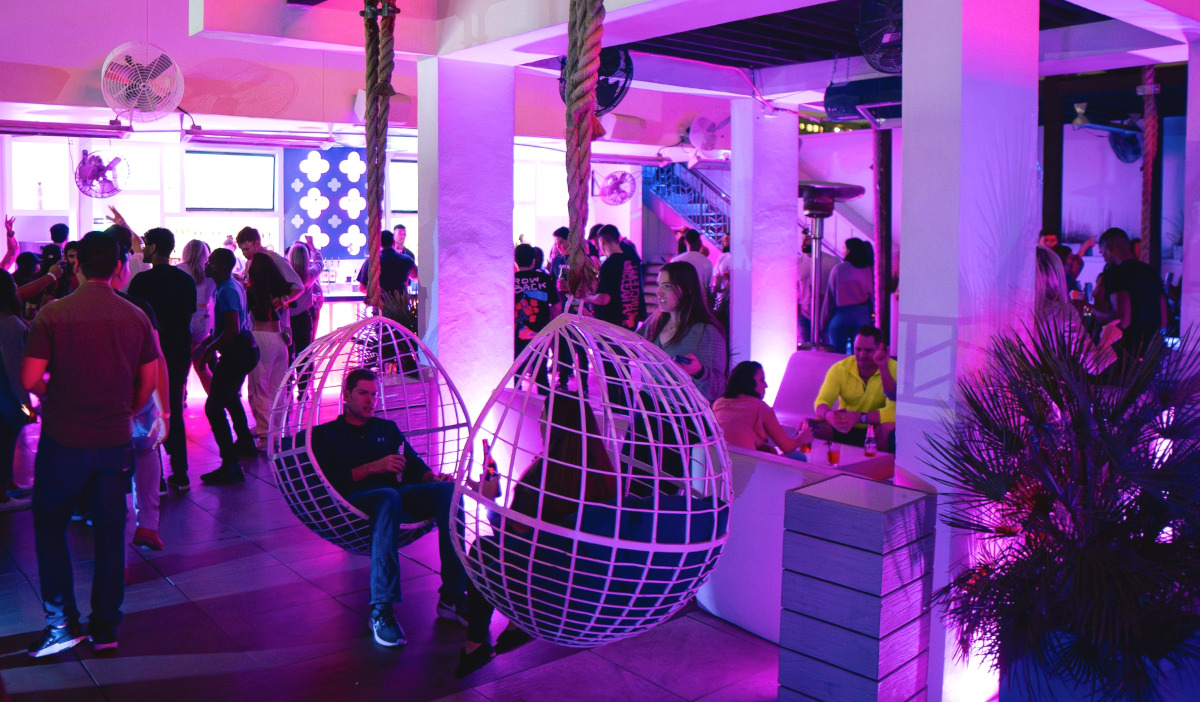Dialing in Mouthfeel and Bitterness in Brett Saisons
Introduction
Craft beer enthusiasts understand the importance of balance in a good brew. Achieving the perfect combination of mouthfeel and bitterness can elevate a beer from good to exceptional. One particular style that showcases this delicate balance is the Brett Saison. In this article, we will delve into the techniques and considerations for dialing in the mouthfeel and bitterness in Brett Saisons.
Mouthfeel Matters
When it comes to crafting a memorable beer, mouthfeel plays a crucial role. The mouthfeel refers to the texture and fullness of the beer in your mouth. In a Brett Saison, the aim is to strike a balance between effervescence and body. Here are a few tips to help you dial in the perfect mouthfeel:
1. Carbonation: Proper carbonation can contribute significantly to the overall mouthfeel. Experiment with different levels of carbonation to find the sweet spot. Higher carbonation levels tend to create a lighter and more refreshing mouthfeel, while lower carbonation can add a creamy and smoother texture.
2. Malted Grains: The choice of malted grains can greatly impact the mouthfeel of the beer. Using flaked oats or wheat can enhance the body and create a creamy texture. Consider incorporating these grains into your Brett Saison recipe to achieve the desired mouthfeel.
3. Yeast Selection: Selecting the right yeast strain is paramount when aiming for a specific mouthfeel. Saison yeast strains, especially those containing Brettanomyces, have the ability to contribute to a dry and crisp mouthfeel. Experimenting with different yeast strains can help you find the perfect balance for your Brett Saison.
Balancing Bitterness
Brett Saisons are known for their complex flavor profiles that seamlessly blend bitterness with other flavor components. Achieving the right level of bitterness requires careful attention to hops and timing. Here’s how you can dial in the bitterness in your Brett Saison:
1. Hop Selection: The choice of hops can make a significant difference in the perceived bitterness of your beer. While hops with high alpha acid content can impart a pronounced bitterness, those with more delicate flavors can enhance the overall complexity. Consider using a combination of hops to create a well-rounded bitterness that complements the other flavors in your beer.
2. Hop Additions: Timing is crucial when it comes to hop additions. The alpha acids in hops are responsible for bitterness, and their extraction depends on the duration of contact with the wort during boiling. Adjusting the timing of your hop additions can impact the perceived bitterness. Experiment with early, late, and dry-hop additions to find the balance that suits your taste.
3. Fermentation Temperature: The fermentation temperature can also influence the perceived bitterness of a Brett Saison. Higher fermentation temperatures tend to enhance hop flavors and increase bitterness. Monitoring and controlling the fermentation temperature can help you achieve the desired balance between bitterness and other flavor components.
Conclusion
Crafting a well-balanced Brett Saison requires careful consideration of both mouthfeel and bitterness. Experimenting with carbonation levels, malted grains, yeast strains, hop selection, hop additions, and fermentation temperature can help you dial in the perfect combination. By refining these elements, you can create a Brett Saison that showcases the artistry of brewing and delights the palates of craft beer enthusiasts. So, raise a glass to the harmonious marriage of mouthfeel and bitterness in your next batch of Brett Saisons. Cheers!






